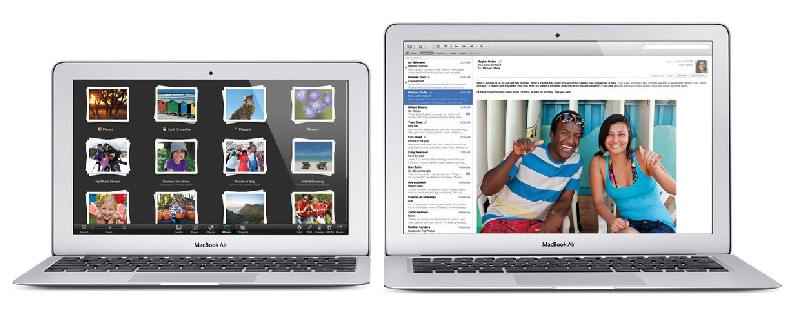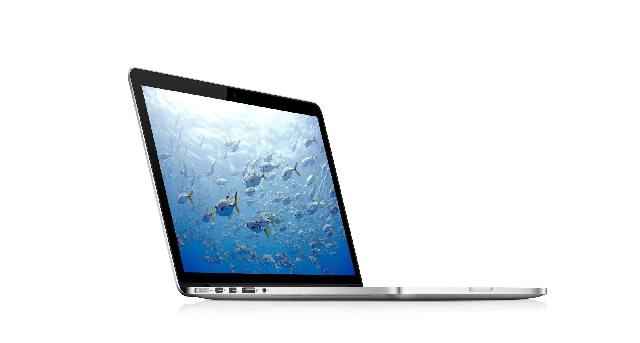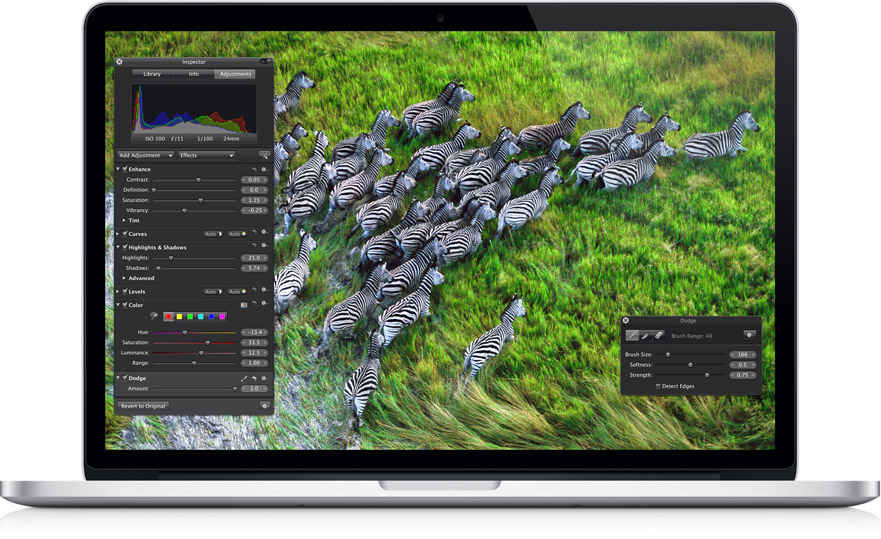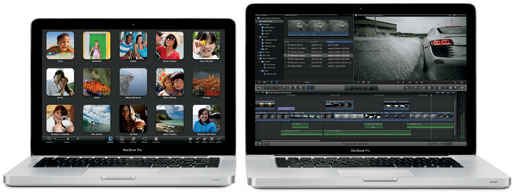Student Offer Guide: Which MacBook should you buy?
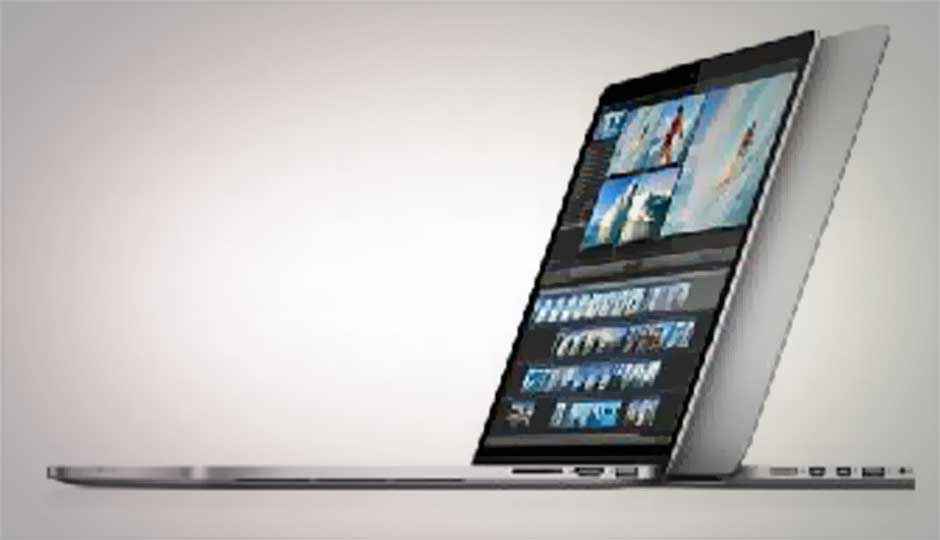
The latest Apple MacBooks just became a bit more affordable for students thanks to a special discount offer. We help you choose the best machine for school/college life.
When someone mentions the word “MacBook”, do you immediately visualize the aluminum unibody of a MacBook Pro? If yes, you are pretty much on the right track. The second visualization could probably be of money disappearing from your bank account! However, if you are a student, then you are may just be in luck! As a part of a new offer, significant discounts are being offered on MacBooks, across the range.
How does the Student offer work?
Apple’s offer, on paper is applicable to college students. As per the description, “If you’ve been accepted to University, are a University student or are the parent of a University student, you can take advantage of special pricing on Mac computers and certain software and accessories. University faculty, staff and professors can also use Apple education pricing.” We spoke with a few retailers, who did not wish to be named, and they said that even school identity cards would work to get the discount.
What kind of discounts am I looking at?
While Apple has been advertising the Rs. 8,000 rebate on the MacBook Air 11 and the MacBook Air 13, the dealers we spoke with informed us that the MacBook Pro range actually sees a Rs. 12,000 minimum rebate, which goes up on a case to case basis for the versions of the Pro Retina that cost above Rs. 1,00,000. Below is a table to show you how the line-up now stacks up.
| MRP | Student offer | |
| MacBook Pro 13 | Rs 81,900 | Rs 69,900 |
| MacBook Air 13 (128GB) | Rs 74,900 | Rs 63,900 |
| MacBook Air 11 (128GB) | Rs 67,900 | Rs 59,900 |
But, which MacBook should I buy?
Interestingly, the after discount price of the MacBook Air 13 (128GB, Haswell) in India is Rs 63,900. This is lower than the pre-tax price of the same machine on the Apple store in the U.S., under the education promotion – $1049, which works out to around Rs 67,000, assuming the conversion rate is around Rs 65 for a dollar. This truly is a great time to buy that Haswell powered MacBook Air that you had been eyeing, with the promise of all day battery life.
That does lead to a conundrum, which we wish to solve with the help of this article. The geeks and the Apple fanboys would be more than familiar with the MacBooks, but from the variety of reader queries that we get, it is clear that the potential buyer does deal with considerable confusion. On the shop floor, most consumers would go through the same dilemma, considering it is a lot of money that you are spending on a laptop.
Read on, if you are looking to buy one of the MacBooks, and see which one fits your usage scenario best.
Apple MacBook Air 11
The MacBook Air range consists of basically the thinnest ultralight notebooks out of all the offerings from Apple. The width of the MacBook Air 11 is just 1.7-inches, at its thickest point, and it weighs just 1.08kg.
This machine is ideally for someone who wants an ultraportable machine, both in terms of weight as well as screen size. This is that someone who ideally would have preferred an iPad, but requires a keyboard and a machine that is comfortable when it comes to a plethora of tasks – Web browsing, typing documents, working on a presentation or spreadsheet etc.
Essentially, this is a very compact laptop that will do all the usual daily tasks, and would fit well for students or anyone who needs to travel a lot.
Specifications: The MacBook Air range got the Intel Haswell processor update just last month, and that has helped boost battery performance considerably. Apple now claims that the MacBook Air 11 offers up to 9 hours of battery life on a single charge. Two storage options are available – 128GB and 256GB flash, but both versions are powered by the same Intel Core i5 processor clocking at 1.3GHz and is paired with 4GB of RAM. The 11.6-inch display offers a native resolution of 1366 x 768 pixels, and the latest update adds Wireless 802.11ac capable hardware. Apple has packed in two USB ports and one Thunderbolt port, but no memory card reader. Needless to say, the Air 11 has no SuperDrive.
MacBook Air 13
This is the bigger sized sibling of the MacBook Air 11, with a 13.3-inch display. Despite the bigger screen, it still remains very slim – 1.7-inches at max thickness, and very light – 1.35kg. This is what Microsoft hoped the ultrabooks would do for its ecosystem, but that hasn’t happened.
This is the perfect ultrabook example, something that Intel had envisioned for the Windows ecosystem as well. Apple has retained the slim, light and rather sharp design on the Air all through. This machine is meant for the user who isn’t going to be comfortable with the 11.6-inch display size that the smaller sibling offers. With a more conventional and comfortable 13.3-inch display, this still retains the ultraportable aspect, while offering more than enough grunt for most everyday tasks. And with the good battery life to boot, this is the machine that is perfect for someone who doesn’t like being tied down to the power socket every few hours. However, for anyone who wants to do more, the ULV processors may falter a bit.
All we would say is, if you can extend that budget, we would recommend picking up the 256GB version, because the flash meon MacBook Air machines (or even the other MacBook Pro) cannot be upgraded. You will be stuck with what you buy, for the duration you keep the machine.
Specifications: Like the MacBook Air 11, the MacBook Air 13 also gets two storage options – 128GB and 256GB, and is powered by the same Intel Haswell series Core i5 processor clocking at 1.3GHz, paired with 4GB of RAM. Apple claims 12 hours of battery life on a single charge for the MBA 13. The 13.3-inch display gets a bump up to 1440 x 900 pixel native resolution. The latest refresh adds the Wireless 802.11ac capable hardware. Like the MacBook Air 11, the MBA 13 also doesn’t get any dedicated graphics, but would benefit from Haswell’s upgraded Intel HD 5000 graphics. Two USB ports, one Thunderbolt port and a memory card reader is what you get with the MBA 13. No SuperDrive as well, and you might need to buy an external one just in case.
MacBook Pro 13 with Retina display
This is what the future of the MacBook Pro will be, in due course of time. Apple basically wiped the slate clean off the remnants of the MacBook Pro, and started afresh. The result is a slimmer machine, with critical differences. What you will immediately notice is the “Retina display”, which packs in more pixels than even that Full HD TV sitting in your living room. The idea has been to pack in more pixels at each spot, making text look crisper and images more detailed. There is now no glass layer sitting between you and the screen, bringing you closer to the content and also removing the distractions.
The sheer lightweight build of the 13-inch Retina version is particularly surprising. The machine tips the scales at 1.62kg, which incidentally isn’t much more than the 1.32kg the MacBook Air 13 weighs!
This is the perfect machine for someone who wants roughly the MacBook Air 13-ish lightweight build, but needs a lot more power under the hood. The Retina MacBooks’ processors aren’t the restrictive Ultra Low Voltage (ULV) ones, and can churn out a decent amount of grunt if needed. But, more importantly, this is the laptop with the very best display among all notebooks available in the market, and would pretty much future proof your purchase. The flash storage gives it a major performance advantage over the standard MacBook Pro. Battery life is fairly impressive as well, with Apple claiming around 7 hours on a single charge when used in a typical “in office” scenario.
Specifications:The MacBook Pro Retina is available in two screen sizes 13.3-inches and 15.4-inch LED backlit IPS displays.
The 13.3-inch displays have a resolution of 2560 x 1600 pixels. Apple, surprisingly, didn’t update the Retina machines with the Intel Haswell processors at WWDC in June, and they still remains with the Ivy Bridge versions of the Core i5 processors. The entry level version with the 128GB SSD has a Core i5 that clocks at 2.5GHz, while the 256GB version gets a slightly boosted Core i5 clocking at 2.6GHz. Both machines have 8GB of RAM. Apple hasn’t gifted these machines with a dedicated graphics card, but Intel HD 4000 does handle the Retina Display and most relevant tasks rather well. What the Retina Pro misses out on is an optical drive, but does pack in two USB 3.0 ports, two Thunderbolt ports, card reader and a full HDMI out. In trying to keep the machine slim, Apple hasn’t bothered with the SuperDrive for this machine.
MacBook Pro 15 with Retina display
The fact that the hardware design team in Cupertino also redid the design of the display of the MacBook Pro 15 with Retina display means it is one of the slimmest 15-inch notebooks out there. Much slimmer than even the standard MacBook Pro 15. If the 13-inch Retina MacBook appeals to those who want a fairly future proof machine, the 15-inch version is meant for the power users. Incidentally, at 1.8cm thick, the 15-inch version is 0.1cm thinner than the 13-inch Pro Retina!
This isn’t the machine that you will lug around on a daily basis. The MacBook Pro 15 with Retina is meant for the real power users, who need to do more than just touch-up photos. The power package along with the immensely detailed display means you will be buying a machine that is meant for the future. Yes, it does cost a lot of money, but the performance and experience makes it all worthwhile.
Specifications: Both the 15-inch Pro with Retina versions pack in an Ivy Bridge Core i7 quad core processor, with the 256GB version getting the one clocking at 2.4GHz, while the 512GB version getting the chip clocking at 2.7GHz. The latter also gets more RAM – 16GB, as against the standard 8GB across all Pro Retina machines.
The 15.4-inch Retina display has a resolution of 2880 x 1800 pixels, which is more than what the 13.3-inch display packs in. Graphics designers and photographers will make full use of the NVIDIA GeForce GT 650M (1GB) graphics. The ports remain the same as the 13-inch version, with two USB ports, two Thunderbolt ports, memory card reader and a full HDMI port.
MacBook Pro 13 and MacBook Pro 15
This, till now, was the “performance” notebook in the MacBook range, with the Air fulfilling the requirements of those who wanted something ultra slim and ultra light. This machine was faster than the MacBook Air, till the Haswell refresh. But, there is no running away from the fact that this is an aging machine. The design hasn’t been given a major overhaul for quite a few years now, and while the processor has been upgraded many times, it still packs in the slower hard drives that are no match when compared to the zippy flash drives.
Specifications: The MacBook Pro is available in two screen sizes – 13.3-inch and 15.4-inch.
The MBP 13 has a 1280 x 800 pixel resolution on the LED display. The entry level version gets an Ivy Bridge Intel Core i5 processor with 4GB of RAM and a 500GB hard drive. The step up version gets a Core i7 processor with 8GB of RAM and a 750GB hard drive.
The MBP 15 gets a 15.4-inch LED display with a native resolution of 1440 x 900 pixels. It packs in an Ivy Bridge quad core Core i7 processor clocking at 2.3GHz and is paired with 4GB of RAM. This machine also gets the NVIDIA GeForce GT 650M graphics.
Interestingly, the standard MacBook Pros are now the only machines to still pack in the SuperDrive, and also the ethernet port as we know it! Each are packing in two USB ports, one Thunderbolt and the memory card reader. Interesting to note that while all other MacBooks have shifted to the smaller MagSafe 2 power port, the standard MacBooks still have the first generation MagSafe power port.
Actually, we wouldn’t now recommend the standard MacBook Pro to anyone. It just feels dated, and the new MacBook Air machines and the MacBook Pro with Retina offer significantly better performance for relatively similar price points. Plus, the good old hard drive is no match for the infinitely quicker SSDs that the other MacBooks pack in. Buy the standard Pro now, only if you get it at a huge discount, or are really going to store a lot of data on the machine’s drive, which is only where the HDD will have an advantage.

